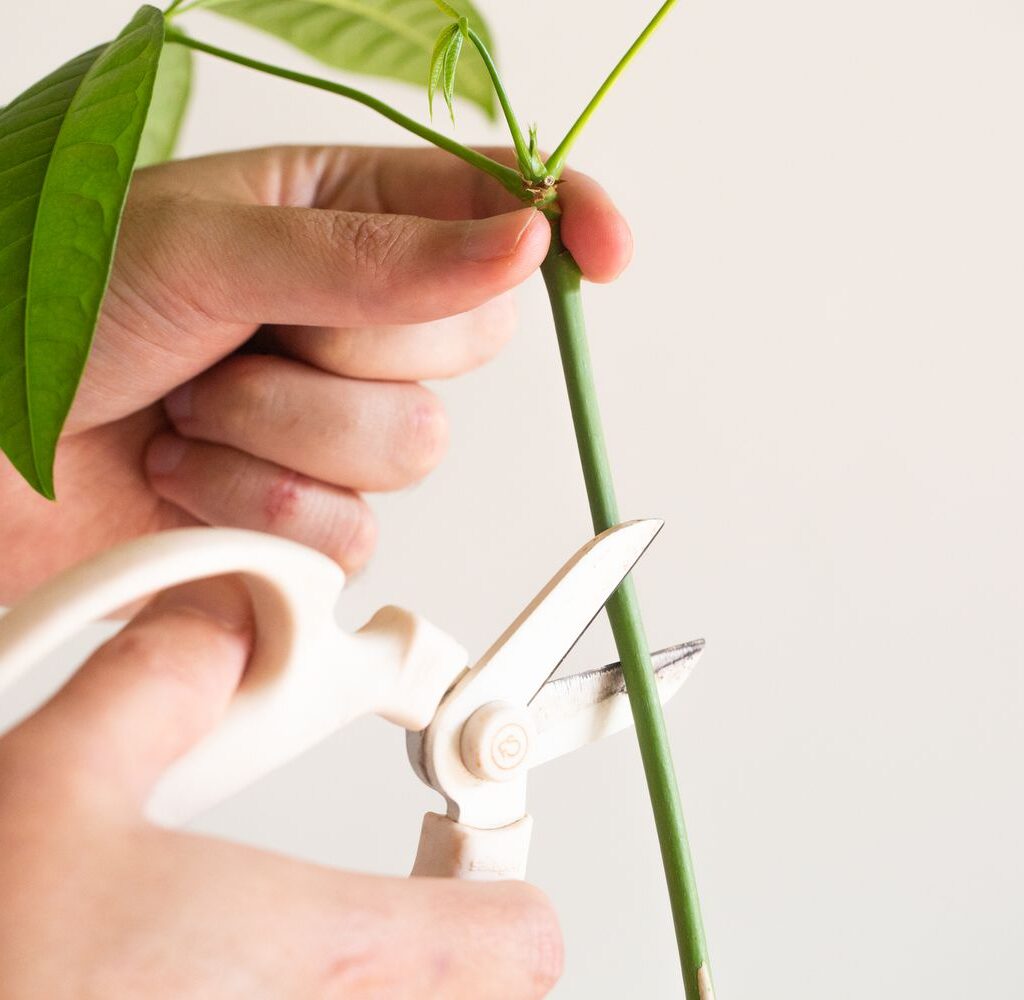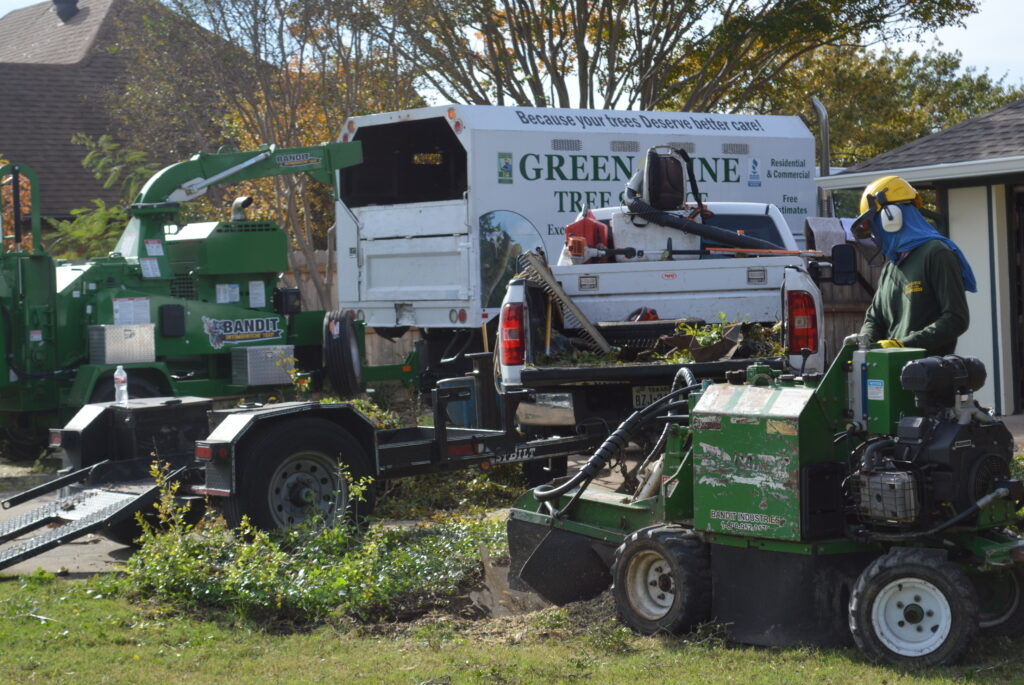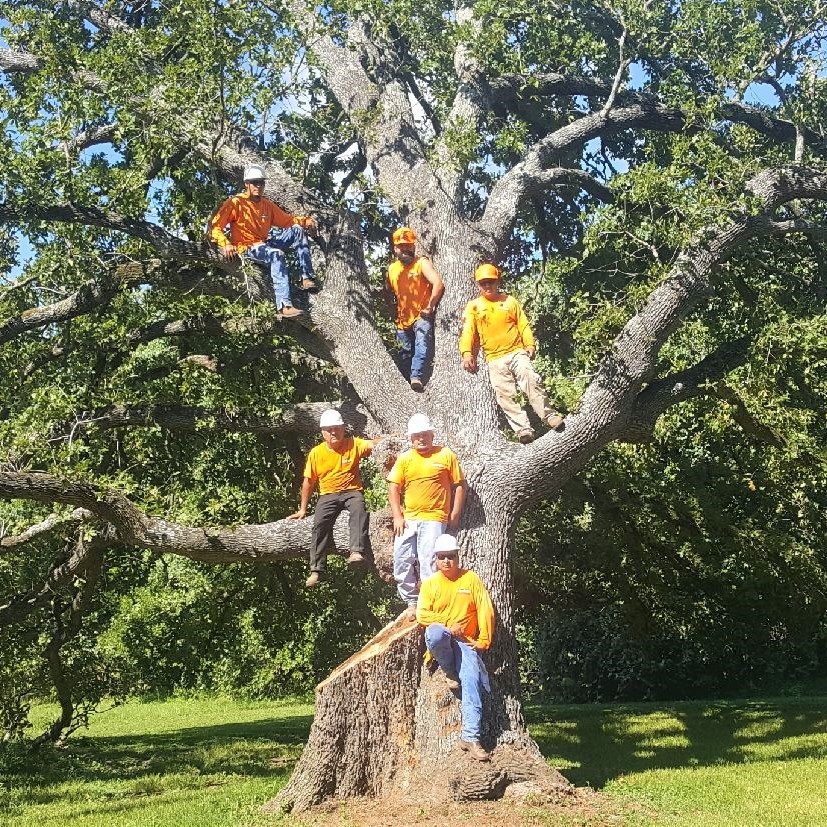Money Tree Pruning Tips: The Complete Guide
Pruning a Money Tree, also known as Pachira aquatica, is a simple way to keep it healthy, strong, and looking its best. These popular houseplants add a touch of green to indoor spaces and are often associated with good luck and prosperity. In this guide, we’ll walk you through the essential tips and techniques for pruning a Money Tree, so you can ensure it thrives in your care.
Introduction to Money Tree Plants
The Money Tree, or *Pachira aquatica*, is a well-loved indoor plant admired for its braided trunk and vibrant green foliage. Originating from Central and South America, it has become a favorite due to its easy care and symbolic association with prosperity. Pruning plays a vital role in maintaining its health, shape, and overall growth, making it an essential part of Money Tree care.
Understanding When to Prune Your Money Tree
Timing is everything when it comes to pruning your Money Tree. Generally, the best time to prune is during the plant’s active growing season in spring and summer. Avoid pruning in the colder months, as the plant may not recover as quickly. Some signs that your Money Tree may need pruning include overcrowded branches, yellowing leaves, or uneven growth.
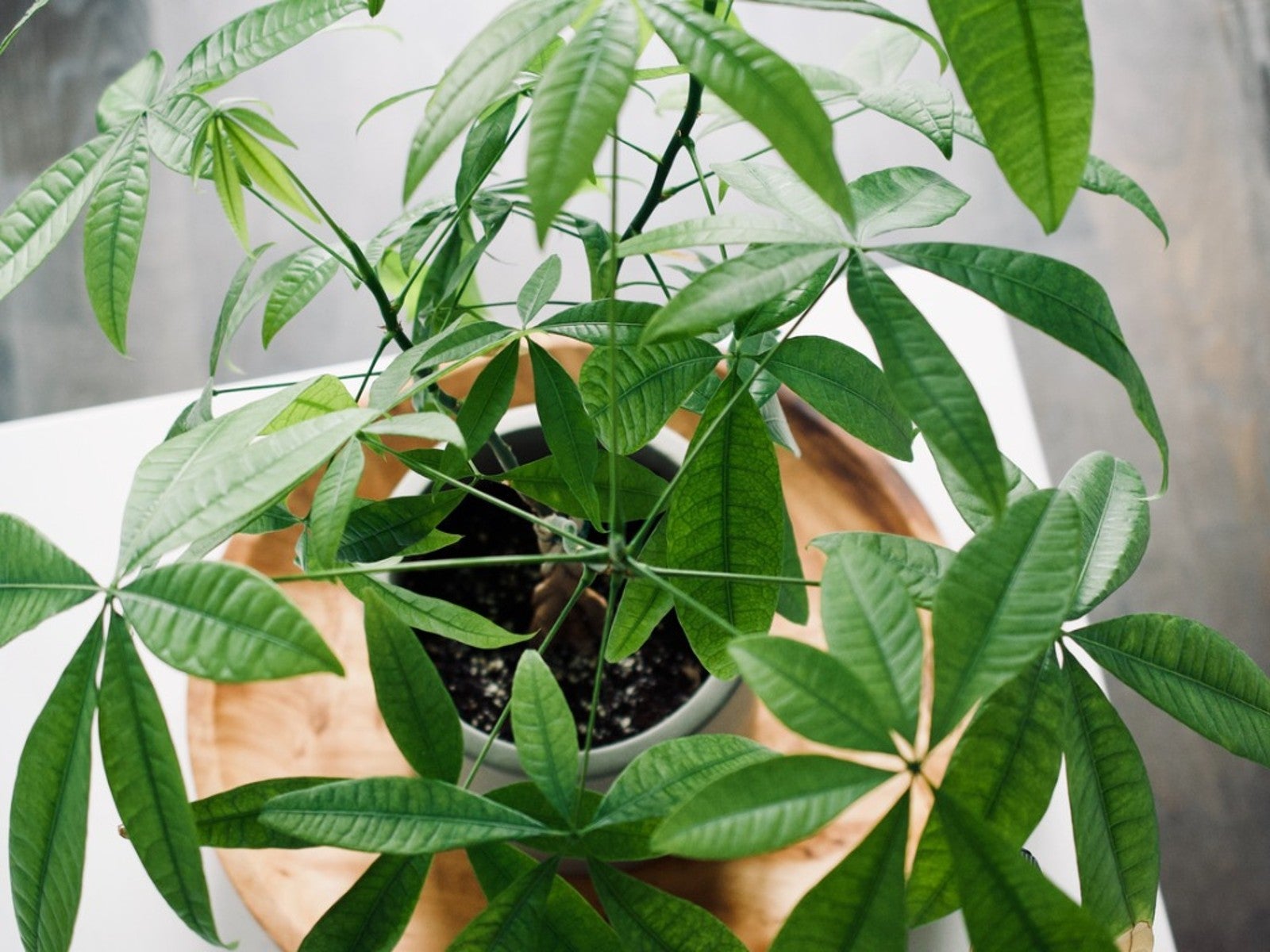
Benefits of Pruning a Money Tree
Why prune your Money Tree? Here are some benefits:
Encouraging New Growth: Pruning stimulates fresh, healthy growth by removing old or crowded branches.
Enhancing Shape and Aesthetics: A well-pruned Money Tree has a fuller, more attractive shape, making it a lovely centerpiece.
Disease and Pest Prevention: By removing dead or damaged parts, you reduce the risk of pests and diseases harming your plant.
Tools Needed for Pruning
Before you start, gather the right tools:
Pruning Shears: For cutting larger branches
Sharp Scissors: Ideal for small branches and leaves
Sterilizing Solution: Clean your tools to prevent spreading bacteria or diseases
Having sharp, clean tools will ensure that your cuts are smooth and minimize stress on the plant.
Preparing Your Money Tree for Pruning
A little prep goes a long way. Ensure your Money Tree has been well-watered and is placed in a brightly lit spot before pruning. This helps the plant stay resilient during the process. Also, sterilize your tools with rubbing alcohol or a bleach solution to reduce the risk of infection.
Step-by-Step Guide to Pruning a Money Tree
Here’s how to get started with pruning:
Identify Branches to Prune: Look for overcrowded, damaged, or yellowing branches.
Cut at an Angle: When trimming branches, make angled cuts just above a leaf node to encourage regrowth.
Remove with Care: Avoid yanking branches off, as this can damage the plant.
By following these steps, you can ensure that your Money Tree will recover well and grow back stronger.
How to Shape Your Money Tree
To shape your Money Tree, consider its natural growth pattern. For a bushier look, focus on trimming back the tallest branches. If you prefer a taller, upright tree, trim lower branches. Regular shaping not only improves appearance but also ensures even light distribution.
Removing Dead or Damaged Leaves and Branches
One essential pruning practice is removing dead or damaged parts. This includes leaves that are yellow, brown, or dry. Gently cut these off at the base of the leaf stem. Removing damaged parts helps the plant focus its energy on healthy growth.
Pruning for Growth Control and Size Management
Money Trees can grow quite large, especially in ideal conditions. Indoor plants can outgrow their spaces, so pruning helps manage their size. If your plant is getting too big, trim back a few of the tallest branches.
Preventing Common Pruning Mistakes
Over-pruning is a common mistake that can weaken your Money Tree. Avoid removing too many leaves or branches at once, as this can stress the plant. Also, make sure not to cut too close to the trunk, as this could damage the main stem.
Aftercare for a Pruned Money Tree
After pruning, your Money Tree will need some TLC:
Watering: Only water lightly immediately after pruning, as over-watering can cause stress.
Fertilizing: Wait a week or two before fertilizing to avoid shocking the plant.
Monitoring: Keep an eye on the plant for any signs of drooping or browning, which may indicate stress.
Encouraging New Growth After Pruning
To encourage new growth, place your Money Tree in a bright spot with indirect light. Fertilize it with a balanced houseplant fertilizer a few weeks after pruning, as this will give the plant a nutrient boost to support new growth.
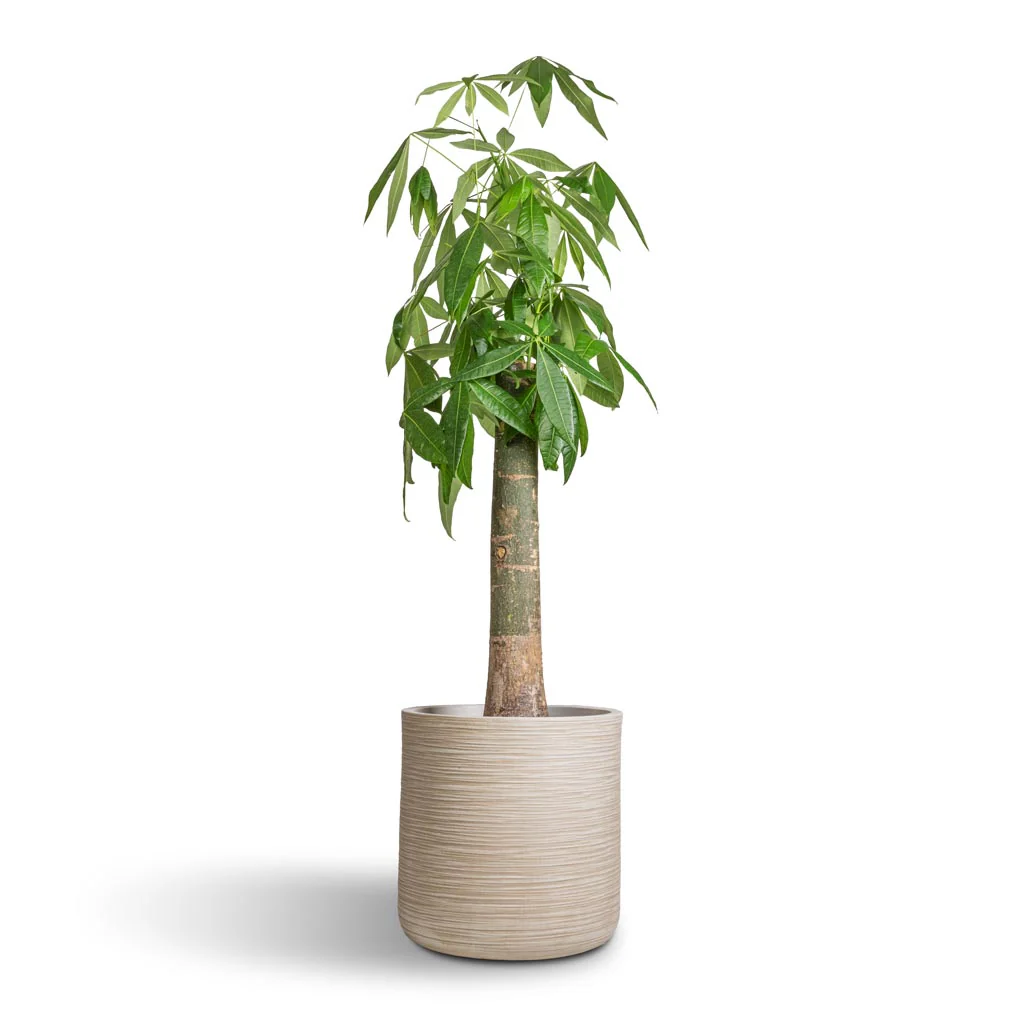
Common Problems and Solutions After Pruning
Drooping Leaves: This is a common reaction and usually resolves within a few days.
Brown Spots: If brown spots appear, it could be a sign of over-watering or fungal infection.
Pests: Pruning can sometimes expose the plant to pests, so keep an eye out for any unwanted visitors.
Frequently Asked Questions About Pruning Money Trees
How often should I prune my Money Tree?
Prune your Money Tree once or twice a year, typically in the spring or summer, to encourage growth and manage its shape.
Can I prune my Money Tree in winter?
It’s best to avoid winter pruning, as the plant’s growth slows down. Pruning during its active growing season will yield better results.
What if I accidentally cut too much?
Don’t worry! Money Trees are resilient. Ensure proper aftercare, and your plant will likely bounce back.
Why is my Money Tree drooping after pruning?
This is a natural reaction to pruning stress. Give it time, and it should recover.
Conclusion
Pruning a Money Tree is an essential part of its care routine, allowing you to shape the plant, control its size, and keep it healthy. With these tips, you can confidently prune your Money Tree and enjoy its beautiful, lush growth year-round. So grab your pruning shears and give your Money Tree the attention it deserves!
